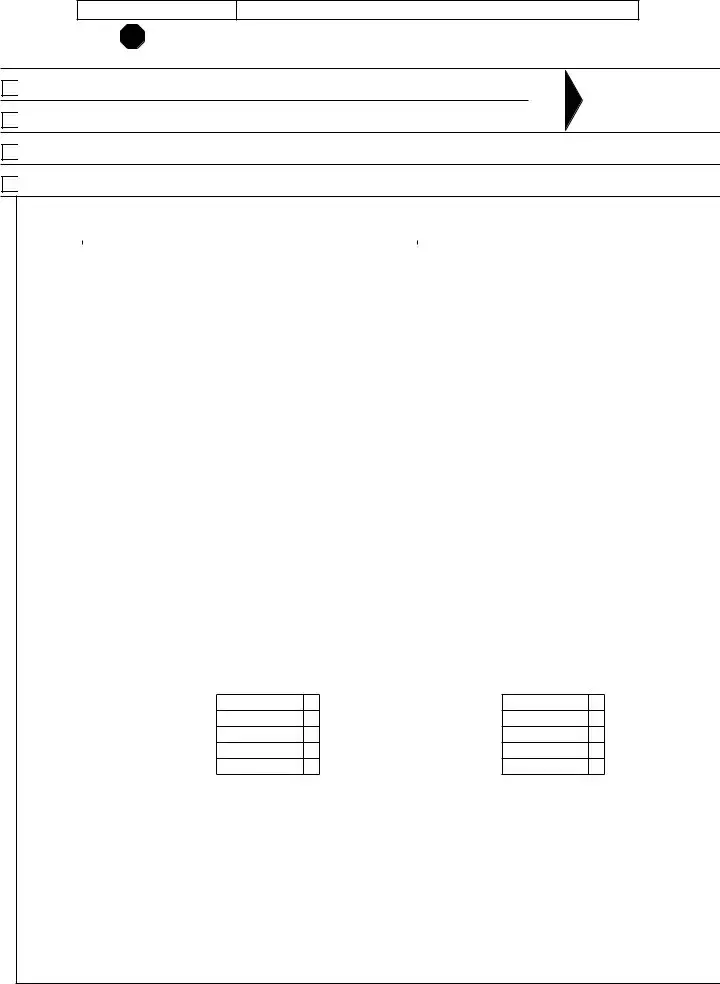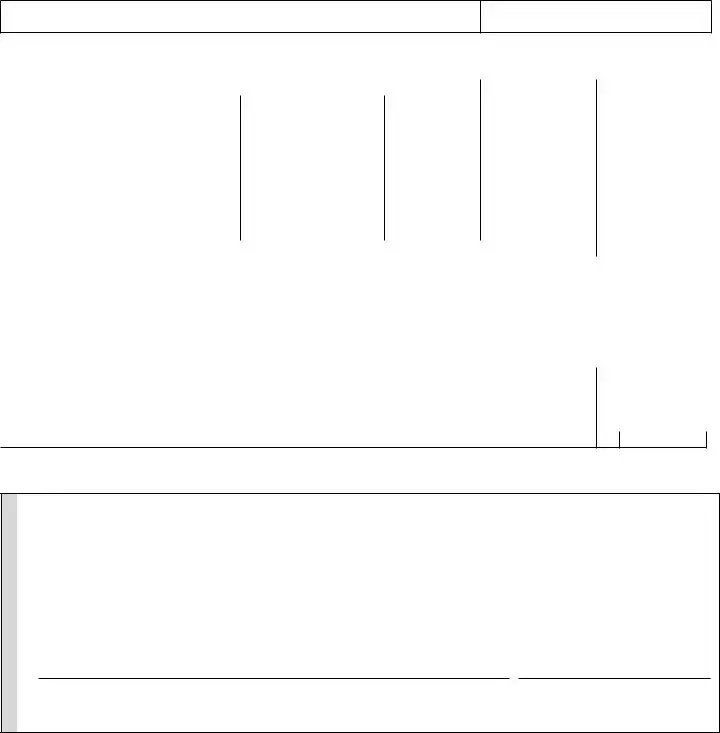What is Arizona Form 140A?
Arizona Form 140A, known as the Resident Personal Income Tax Return (Short Form), is designed for individuals with an Arizona taxable income less than $50,000 for the calendar year. It allows Arizona residents to file their state income tax in a simplified manner.
Who should file Arizona Form 140A?
If you're an Arizona resident and your taxable income is less than $50,000 for the year, you're eligible to file using Form 140A. This form is suited for individuals who have simpler financial situations and do not need to itemize deductions in detail.
Can I file Form 140A if I am married?
Yes, married individuals can file Form 140A either individually or jointly with their spouse, provided their combined taxable income does not exceed $50,000. When filing jointly, both spouses' incomes, exemptions, and credits should be combined on one form.
What if my taxable income is $50,000 or more?
If your Arizona taxable income is $50,000 or more, you are not eligible to file Form 140A. Instead, you must use Arizona Form 140. Form 140 is designed for individuals with higher incomes and provides options for itemizing deductions.
How do I claim exemptions for dependents on Form 140A?
On Form 140A, exemptions for dependents are claimed in Section ExEMPTIONS, where you will enter the total number of dependents you are claiming. This includes children and other dependents, as outlined on the form instructions. Make sure to also include qualifying parents and grandparents if applicable.
What are the deductions and credits available on Form 140A?
Form 140A allows for standard deductions based on your filing status and personal exemptions. Additionally, you can claim credits such as the family income tax credit, increased excise tax credit, and property tax credit, if eligible. Detailed instructions on calculations and eligibility can be found within the form's instructions.
Where and when should I file Arizona Form 140A?
Completed forms should be mailed to the appropriate address provided in the form's instructions, depending on whether you are sending a payment, receiving a refund, or owe no tax. Be mindful of the April 15th deadline to avoid any late-filing penalties. For those filing under an extension, certain conditions and deadlines apply, which are also outlined in the form instructions.

